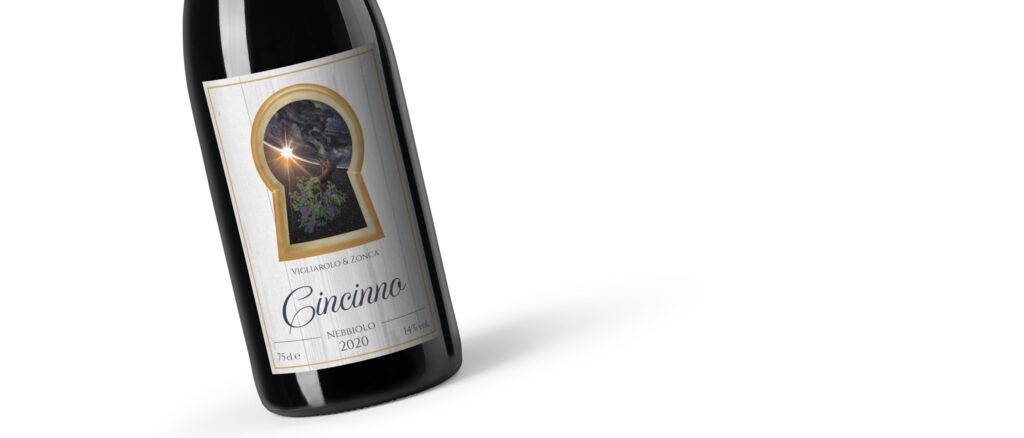Individùo
Magazine layout
Project Overview
Individùo is a delivery project for the Visual Design course I attended at university. The goal of this work was to study possible relationships between 4 freely chosen objects, in order to find a common red thread that could bond them together.
The final step was to create a neologism (and a visual representation of it) that could synthesize this red thread in a single word.
All the research work needed to be presented in a magazine-like publication.
My Role
I carried out an etymological research that led me to discover a new way to approach these items. Their historical meaning helped detect some similarities that I subsequently deepen through literary and cultural examples.
This project is, at its core, focused on brainstorming and creative process.


Research
Individùo
Feb 2021 – Mar 2021
While explaining in detail my research process would be impossible using only a few words, here’s a synthesis of the results.
The etymological research for the chosen objects brought to light a new perspective for each of them. If we look close enough, we’ll see that all of them have some kind of relationship, whether abstract or concrete, with the concept of a single entity that somehow encloses a duality, which (conceptually or in practice) it is not divisible by.
Medal
In the Middle Ages the term “medialis” indicated small coins worth half a money. “Medius”, the Latin word from which “medal” derives, had the meaning of “half”.
Plectrum
Originates from the Indo-European root “plèk-“, or “to fold”. This root is common to several terms, in particular to “simple” and “complex”, which share the basic idea of folding but are opposite in the meaning.
Ticket
From the word “bulla” (seal), which in ancient Greek indicated a metal case composed by two symmetrical and superimposed concave plates enclosing an amulet.
Drum stick
Without its twin, producing a melody with a single drum stick is completely ineffective and an amputated sound would result. Plus, the stick was broken in half during a concert: another connection with the word Medal and its etymology.

Neologism
Individùo
Feb 2021 – Mar 2021
After identifying the concept of duality as our red thread, I researched some cultural and literary examples in order to create a new, descriptive word for this idea.
One of these was, inevitably, the novel of Dr Jekyll and Mr Hyde. This novel became the classic metaphor indicating the dual nature of individuals, the good and the bad, in a perpetual struggle for dominion.
Now, the word “Individual” (Individuo in italian) derives from “Individuus”, a term formed by “in” (in the meaning of “not”) and “dividuus” (divided). Nevertheless each individual, has the novel points out, is made up of both a body and a mind, two very distinct parts.
This way, term “individual” can be viewed as a single indivisible entity that is still made up of two fundamental parts.
Interesting enough is the fact that the etymology of the word “two” is the Latin word “dúo“, that is precisely the last syllable of the term “individual” (individuo).
If the term “individual” already contains the concept of indivisibility (in-dividuus), a super simple yet effective solution to create a neologism is to simply moving the tonal accent from one vowel to another.

Lettermark
Individùo
Feb 2021 – Mar 2021

/in-di-vi-dùo/
Take a look at the entire publication!
(Use the menu under the magazine to navigate)
(Swipe the pages to navigate)
Want to work together?
If you like what you see and want to work together, drop me a line!

